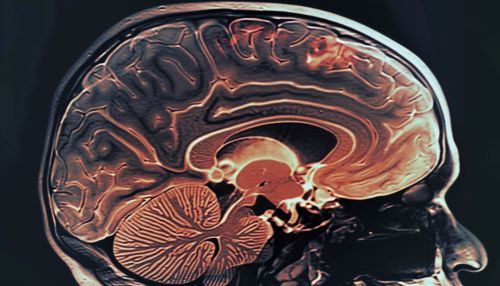Neurolinguistics
Overview
Neurolinguistics is a discipline within the field of cognitive sciences that focuses on the neural mechanisms in the human brain that control the comprehension, production, and acquisition of language. This field of study combines methods and theories from both linguistics and neuroscience.
History
The field of neurolinguistics became prominent in the 20th century, but its origins can be traced back to the 19th century with the work of physicians like Paul Broca and Carl Wernicke. Broca and Wernicke are known for their research on patients with language impairments due to brain injuries, which led to the discovery of specific language centers in the brain.


Brain and Language
The human brain has specific areas dedicated to language processing. These areas are primarily located in the left hemisphere of the brain, in regions known as Broca's area and Wernicke's area.
Broca's Area
Located in the frontal lobe of the left hemisphere, Broca's area is associated with speech production and language comprehension. Damage to this area can result in Broca's aphasia, a condition characterized by difficulty in speaking and writing, but with preserved comprehension.
Wernicke's Area
Wernicke's area, located in the superior temporal gyrus in the dominant cerebral hemisphere, is responsible for the comprehension of speech. Damage to this area can lead to Wernicke's aphasia, a condition where individuals have difficulty understanding spoken and written language but can still produce fluent, grammatically correct speech.
Neurolinguistic Models
There are several models that aim to explain how the brain processes language. These include the Wernicke-Geschwind model, the Dual-stream model, and the Parallel Distributed Processing model.
Wernicke-Geschwind Model
The Wernicke-Geschwind model suggests that language processing involves a series of discrete stages, starting with the auditory cortex receiving spoken language, then sending this information to Wernicke's area for comprehension, and finally to Broca's area for speech production.
Dual-stream Model
The Dual-stream model proposes two pathways for language processing: a dorsal stream for mapping sound to articulation, and a ventral stream for mapping sound to meaning.
Parallel Distributed Processing Model
The Parallel Distributed Processing model posits that language processing occurs simultaneously in different areas of the brain, with information flowing between these areas in parallel.
Neurolinguistics and Language Disorders
Neurolinguistics also plays a crucial role in understanding and diagnosing language disorders, such as aphasia, dyslexia, and specific language impairment. By studying the brain mechanisms underlying these disorders, researchers can develop more effective treatment strategies.
Neurolinguistics and Second Language Acquisition
Neurolinguistics research has also provided insights into the process of second language acquisition. Studies have shown that the brain structures involved in native language processing are also engaged in second language learning, but the degree of activation may depend on the age of acquisition and proficiency level.
Future Directions
With advancements in neuroimaging technologies, the field of neurolinguistics is poised for further discoveries. Future research may focus on understanding the neural basis of language diversity and evolution, and how different modes of communication (such as sign language) are processed in the brain.
